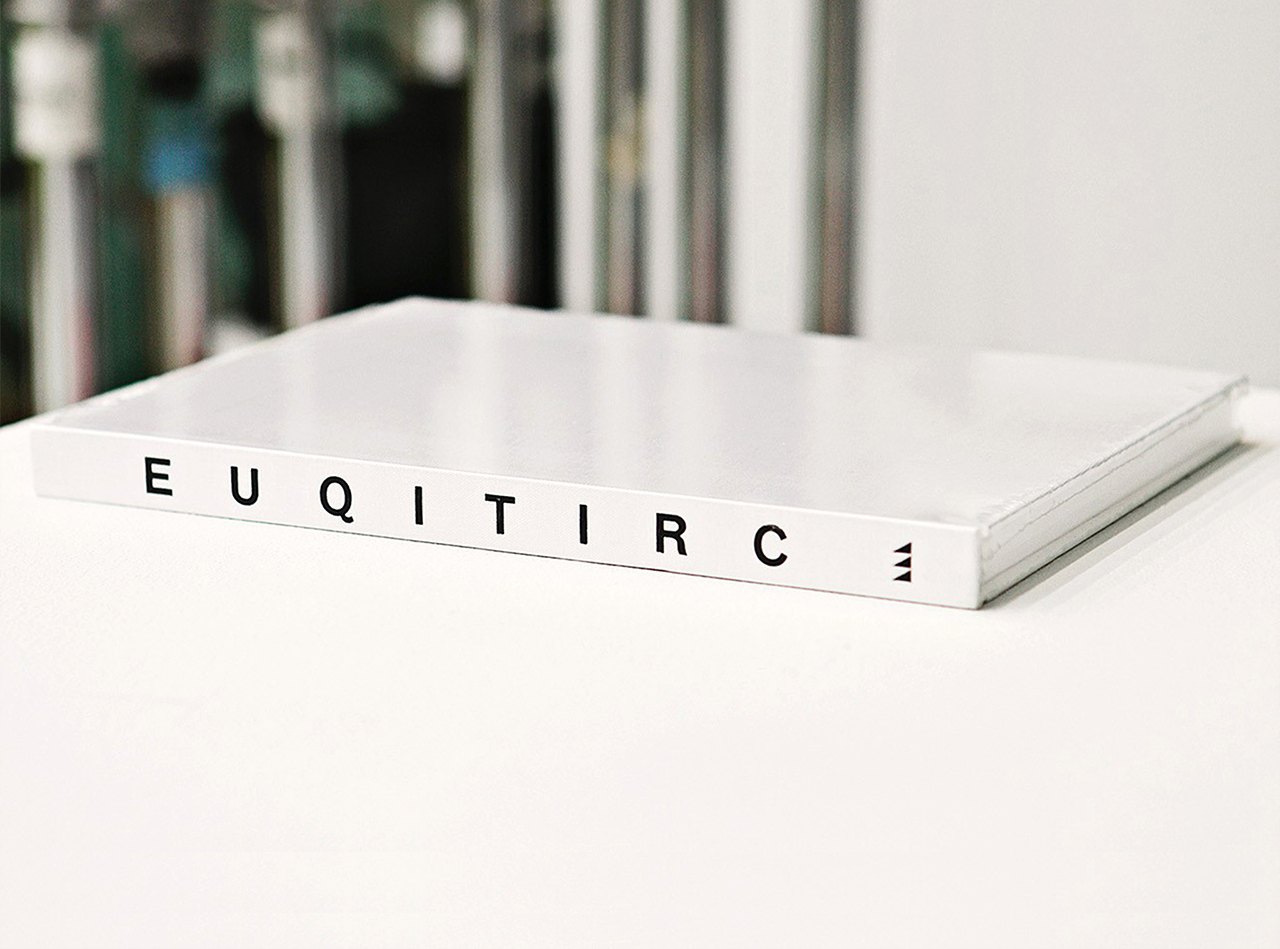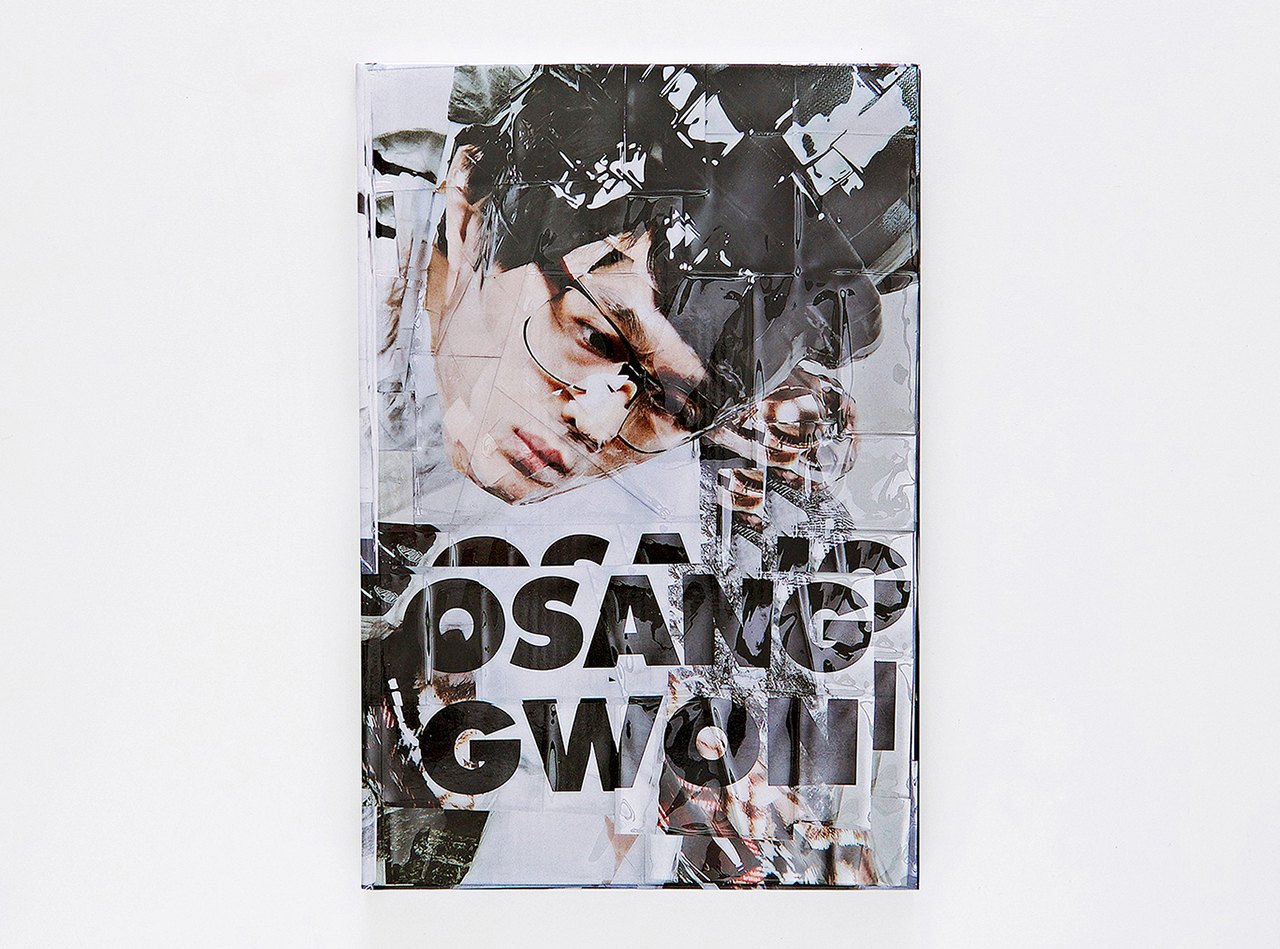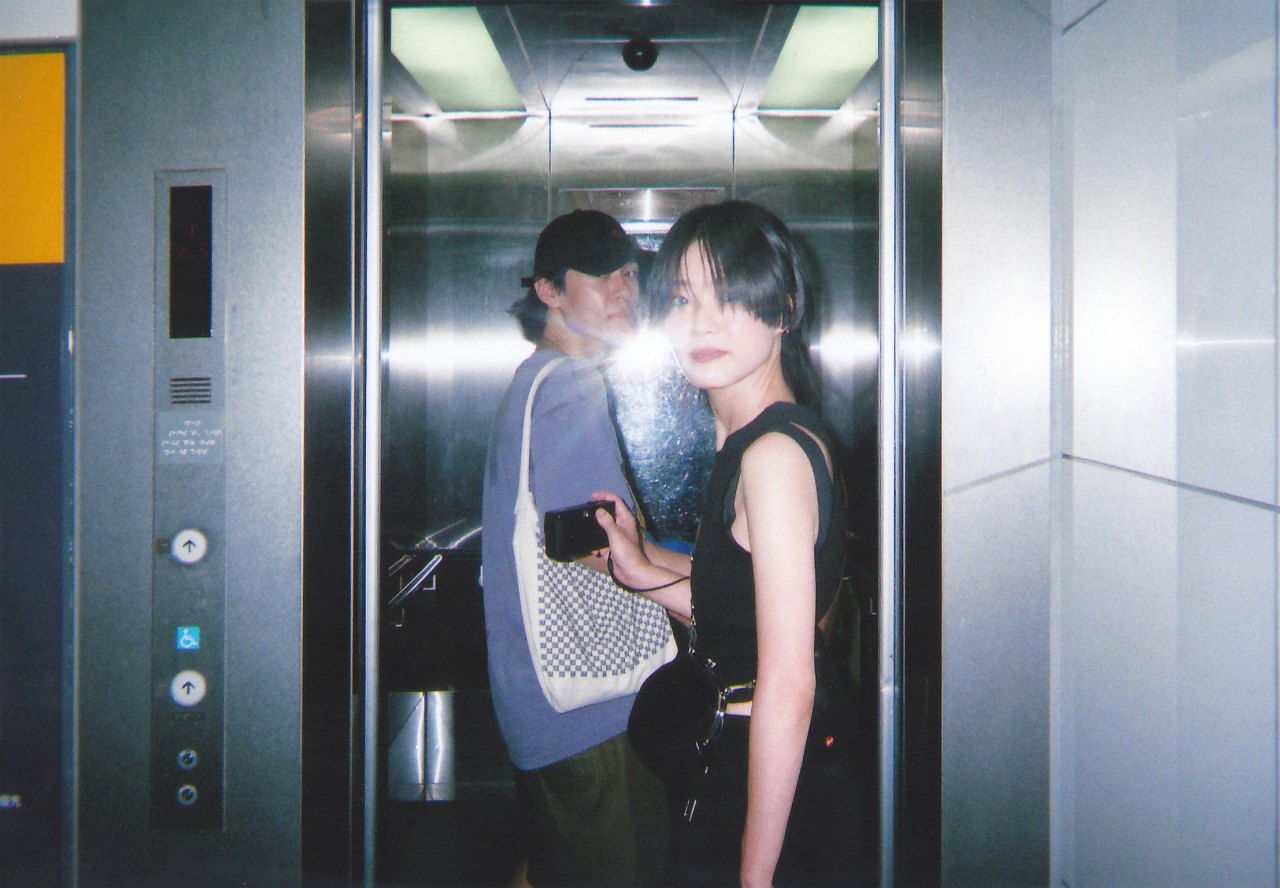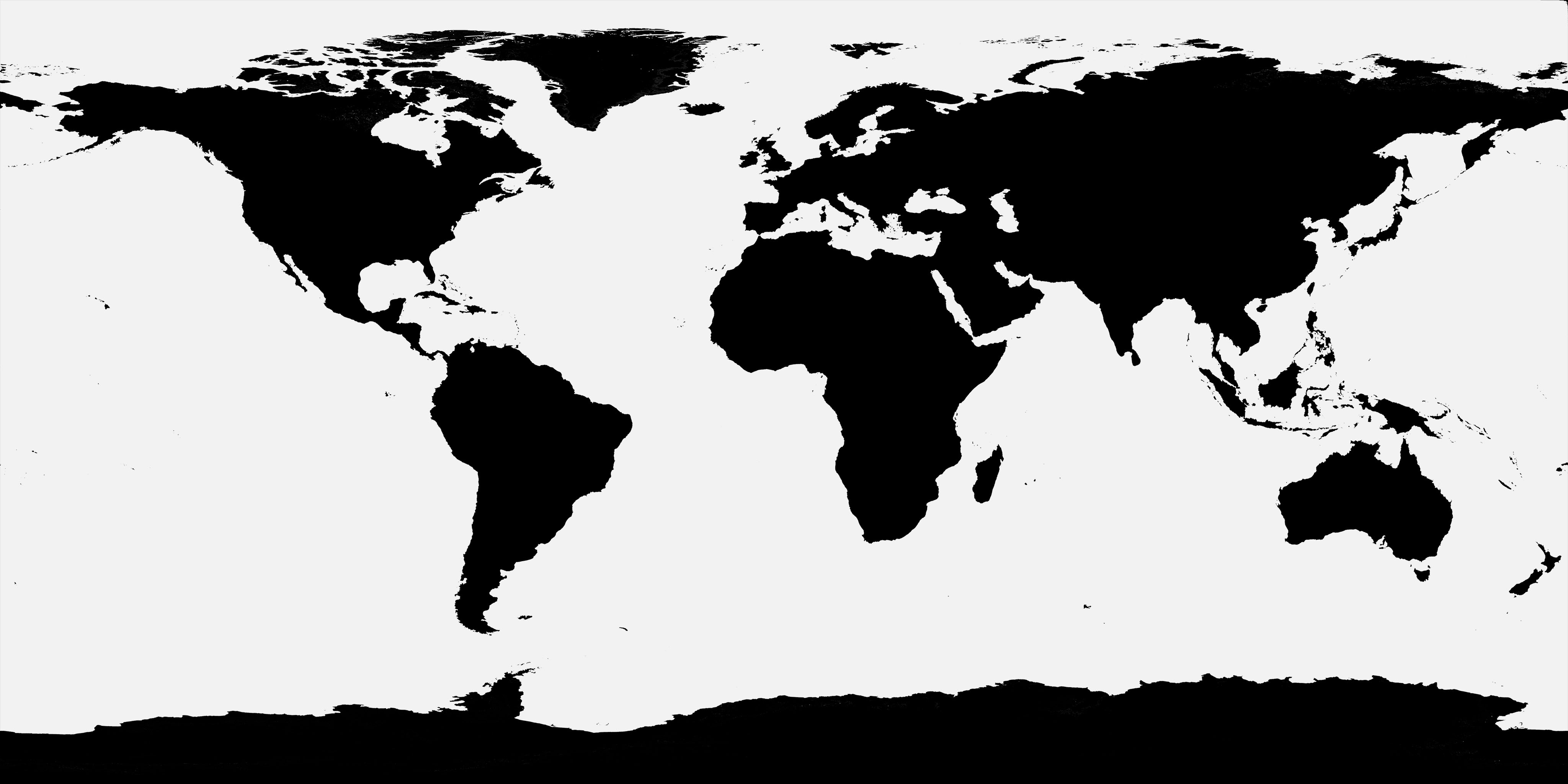Shin Shin
Shin Shin (Haeok Shin+Donghyeok Shin) Haeok Shin and Donghyeok Shin are Shin Shin, a graphic design studio based in Seoul, Korea. They both studied at Dankook University, and they have worked together in the fields of art and culture, collaborating in partnership with curators, editors, artists, and institutions since 2008. They are continuing with self-initiated projects whilst participating in various exhibitions. Haeok is currently an MFA candidate at the Yale School of Art and Donghyeok teaches Graphic Design at the University of Seoul.
www.shin-shin.kr
Ingo Offermanns IO met with Shin Shin SH in Gyeonggi-do, South Korea. The interview took place in January 2016 (revised in 2018).
Cultural context
IO Why do you like working in Seoul?
SH We like Seoul because it is a rather “messy” place where everything mixes, the old and new, native and pop culture, the local and international perspective. It is the same with the graphic design scene here, always diversified. We love diversity, it is in our culture and keeps us inspired.
IO Is Seoul or South Korea in general a good place for graphic designers?
SH There are many opportunities in Seoul for graphic designers. You can get a job easily after graduation as there are still not many designers working in the city. There are also downsides such as many low-paying, overworked, and small-scale jobs, but on the other hand there are spaces for experiment and plenty of chances to collaborate with artists, creators, and musicians. It is always a struggle between money and interesting jobs.
IO How do the young graphic designers make a living for underpaid jobs? Do they also work on commercial work?
SH Moneywise, conditions are harsh. Young designers find themselves in a period of investment. They have to work hard to build up their own practice. When we were undergraduate students, we formed a small graphic design group at the school. We spent most of our time working together, holding exhibitions and seminars in order to get feedback from our professors and to connect with people as much as possible. We believe in making good relationships with the people we are in touch with. Some of them could be our future clients.
IO Compared with Europe, Korean society has experienced a rapid change over the past 20-30 years. Do you think these changes, from a traditional to a modern life caused frictions and problems in society? Is the society torn between the past and modern times?
SH The effects of these rapid changes are deeply rooted in our culture. There are always conflicts between the older and younger generations, because people in their teens, 20s and 30s grew up and were educated in totally different contexts. We share contrasting ways of living, values, and attitudes. In government, most of the decision-makers and policy-makers belong to the older generation, who are not aware of the needs of youth. Conflict mainly comes from social policies and the ways resources are spent in society. The younger generation in Seoul is not wealthy. They cannot afford to buy a flat or house because of high rent, and they earn less as a result. Instead of housing, they wish to achieve a better quality of life by spending money on “cool” stuff, like art, pop culture, and design, which the government doesn’t pay much attention to. This explains why the younger generation loves visiting art book fairs and spends a lot of money on books and posters, affordable and fulfilling expenditures.
IO Do you think the Koreans are proud people?
SH It depends on the person, but for us as citizens, we’re not proud to be citizens. We are not satisfied with our government, especially its social policies which are not in favour of family building, and which make it harder for the younger generation to raise children. On the cultural side, we are fortunate to be Korean in our time. Compared to other countries, we are used to being exposed to foreign and multicultural aspects of life. This also applies to graphic design. We are not bound by tradition or style, but instead are very open to diversity. We think that multinational culture, flexibility, and lack of strong originality are something we are proud of.
IO Haeok, a question for you: as a female graphic designer, do you think you receive as much respect as male graphic designers?
SH The whole of society is still highly hierarchical and male-dominated. In general, many design studios and agencies have a high workload, and this situation of too much work causes questions to be asked concerning whether female designers can cope with the pressure or not, which is fundamentally preposterous. I experienced these inequalities even when I was studying as an undergraduate student. I've witnessed many female senior designers leaving their job due to a change in their personal situations, such as getting married or becoming pregnant, and I've never seen this happen to a man. I also quit working in an agency by using marriage as an excuse. It was true that I had got married, but it was not the reason I left the agency. I thought it might be easier to make the boss understand my decision that way, and I really regret saying that at that time. I've heard that I am a tough and relentless woman who always works hard, rather than being given recognition for my talent.
One of my colleagues, who is a woman and younger than me, also said something similar to me: that she was not sure if she could work as hard as I am, which is a pity. Yes, I work hard, but that's just part of my character. However, now that many women designers have affirmed and encouraged their accomplishments from within a social structure that is disadvantageous to women, Korea is progressing, and will progress more in the future. We've started attempting to shift the balance towards better conditions for ourselves. These are hopeful signs for me.
Introducing the person
IO What is the most beautiful thing that you have ever seen?
SH We like many things. Beautiful books are one of those things. If we spend a lot of money on them, it becomes a problem (laughs). There are also art works we cannot take our eyes off. We find beautiful things are something that we cannot make and we admire. Like this oil painting created by the Korean artist Yunsung Lee. We bought it because we couldn’t stand not having it, even though we don’t have much money, but we try to collect what we can pay for.
IO How do you stay sharp and sensible at work?
SH We are husband and wife, but we are critical of each other at work. We are honest in giving comments, even though it might be harsh sometimes. This is the best way to stay alert and sharp. We believe telling the truth doesn’t hurt. It is a long-time practice of ours. We have done it since we started working together, which was more than eight years ago.
IO In design, what theme or approach are you particularly interested in?
SH We grew up watching Japanese anime and we are therefore fascinated by this translated culture. This inspired us to put this concept into graphic design. In 2015, we participated in Typojanchi—the typography biennial in Seoul—in which we contributed to an exhibition called “Asia City Texture” curated by Japanese designer Tetsyua Goto. He asked each participant to take 60 photos in their home city. We presented Seoul by taking photos of signboards of various shops with a name of a foreign city, for example, a pub named “Copenhagen”, a dental clinic named “Chicago” and a bar named “Munich.” Some names really had a connection to the city whilst others did not, but this kind of “translated” and “multinational” culture does indeed exist within Seoul. We also carried out some self-initiated projects using machine translation. In 2010, starting with the novel Frankenstein, we Google-Translated it into different languages and then back into Korean, and, finally, we created a book. The translated text was destroyed and had no meaning at all. The experiment was so inspiring that we took the concept into our later projects, which are not limited to the language itself, but extend to diversity in different forms across different mediums.
IO What do you expect from life?
SH Those of us living in Korea expect a better quality of life and safety in our country. As graphic designers, we wish to set up better roles and connections for the future generations.
IO Besides graphic design, what other disciplines or things are important to you?
SH Music, art, and social life are all very important to us. They take us to other areas, so that we do not stand still in graphic design. Sometimes designers who are staying together will naturally just talk about jobs, printing, and clients endlessly (laughs).
Working life
IO Do you think graphic design is a dream job?
SH We are freelance designers and do not belong to any company. We can work freely and control our time in a really flexible way. Of course the cost of freedom is discipline. We need to make sure everything is done properly.
IO Could you describe your typical daily routine?
SH We start work at 6 pm in the evening, because we don’t live in Seoul, and so during the daytime we drive to the city for meetings, to follow productions, catch up with friends, and visit some exhibitions. After this, we start work, carrying on until late. Then we usually go to bed at 3 or even 4 am!
IO What do you do when you are on holiday?
SH We don’t have a concept of “holiday”. We can work every day or we can go for a vacation anytime when we are free. When we travel, we are keen on making new friends and meeting people. We treasure connections and communication a lot. It creates something unexpected.
IO Why do you think clients pick you as a designer?
SH We think being able to generate content and to deeply involve and express our point of view makes us reliable and makes people happy to work with us. We don’t just give art direction, sometimes we edit content as well. Bringing text into graphic design together with our clients is an enjoyable process. We work with the same clients again and again. We know each other well, and this also helps the development. On those occasions when we are not involved in the editing, we still try to deliver something different from pure graphic design.
Attitude
IO Are there any rituals associated with your design process?
SH The only ritual we have is never to start working in front of the computer before we have made the decisions. It is a waste of time trying this without thinking properly. We usually spend time discussing concepts at a restaurant or café, or during the time when we go for walk. The conceptual part is crucial and fundamental, and we never work together in graphic design. We always work on different areas, and we finish the project individually. We only work together on artistic projects.
IO What are the most exciting and the most annoying moments in the design process?
SH Production. Before we met our current printer, who is very reliable and easy to work with, we were frustrated by all production problems, like achieving accurate colours across different media, tackling the differences between our expectations and actual results…… We spent a lot of time and effort fixing messes. The most exciting moment is of course the discussion stage of the project.
IO How about compromises? Do you compromise at work?
SH We take different approaches depending on the client and the job. We usually do not give in easily, especially when we think the decision is crucial for the project. In tough situations, we will try our best to convey our ideas and get a lot of advice from our clients, opening up space for discussion and in order to see what we can do. We have a good understanding with our clients, since we have a long working relationship with them.
IO Design process or design product? Which one is more important?
SH It would be ridiculous to answer that, but we believe it is important to think about how to lead the design process to the production stage. As Ludwig Mies van der Rohe said, “God is in the details”.
IO What about stealing from others? Oscar Wilde said, “Talent borrows, genius steals”, whilst Karl Martens said he didn’t want to be influenced. What do you think?
SH We always “steal” something. Koreans are so influenced by translated culture. Like we said, we grew up watching Japanese animes but when they arrived in Korea they were not the original versions, but edited versions. Many imported things are changed and adapted. We don’t have a strong originality, and we think stealing is very important for further development and for bringing things to the next level. We want to be heavily influenced. All our experiences and inputs give us ideas for translating different things into graphic design.
IO Who do you design for? For everyone, or for the elite?
SH We don’t design for everyone, because we work with artists and creators. It is not boring at all. We prefer to work for our satisfaction and also that of our collaborators.
IO What are good qualities for graphic design? Are these qualities the guiding concept of your work?
SH The ability to understand and the ability to be sensitive to topics are good qualities in graphic design, as they are important in the translation of concept and text into visual elements. We believe that a graphic designer must be good at processing information and visual elements, as it is our job to organize content and present it on different platforms, such as in print, digitally, and in exhibitions. The principle of editing guides us through the design process.
IO Do you think graphic design can change society?
SH We don’t think graphic design can change society, but it can improve the design of society and make things function better.
IO What would you do if you were the dictator of the graphic design world?
SH What we love about Seoul is that everything is mixed. Likewise, we would say “No Standards”.
IO Have you ever lost your religion?
SH We lose our religion every time our client picks “Plan B” instead of “Plan A”.
















